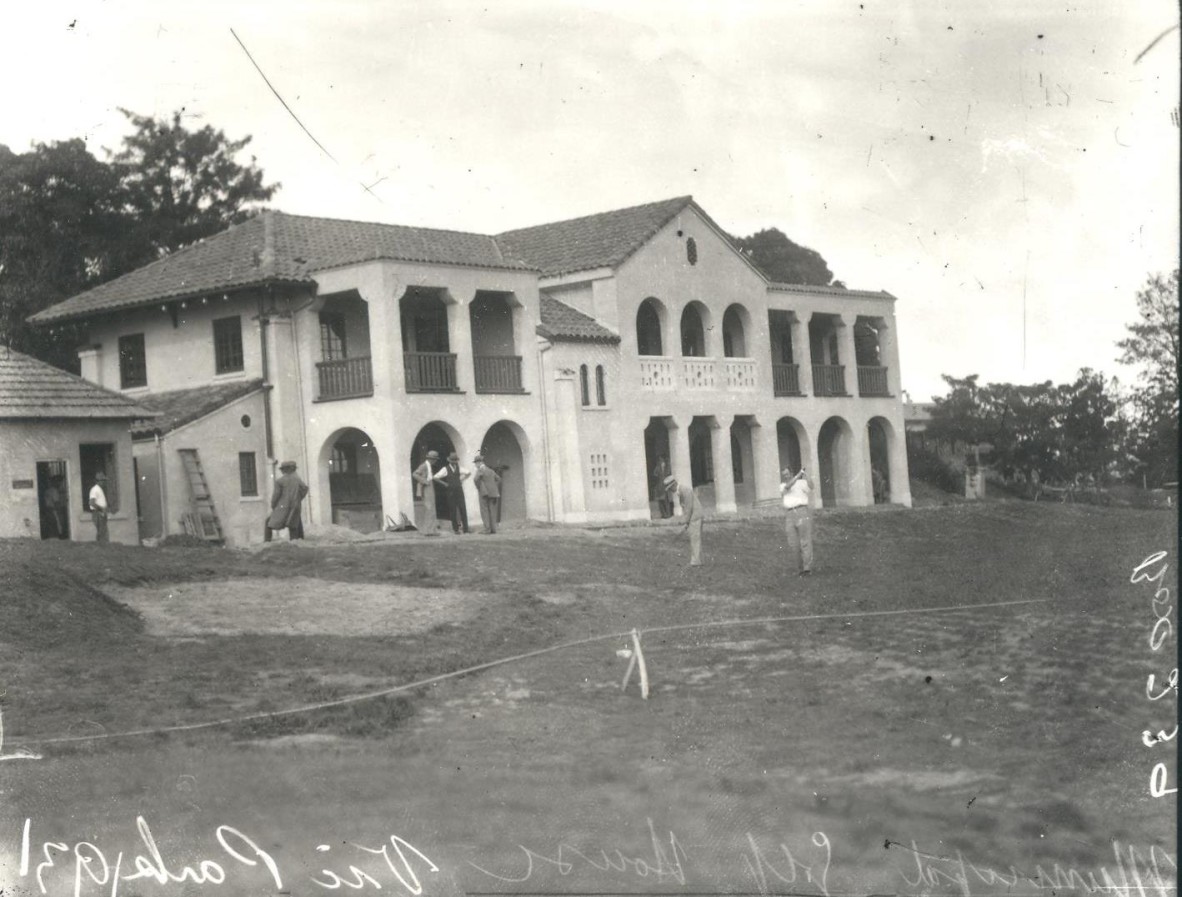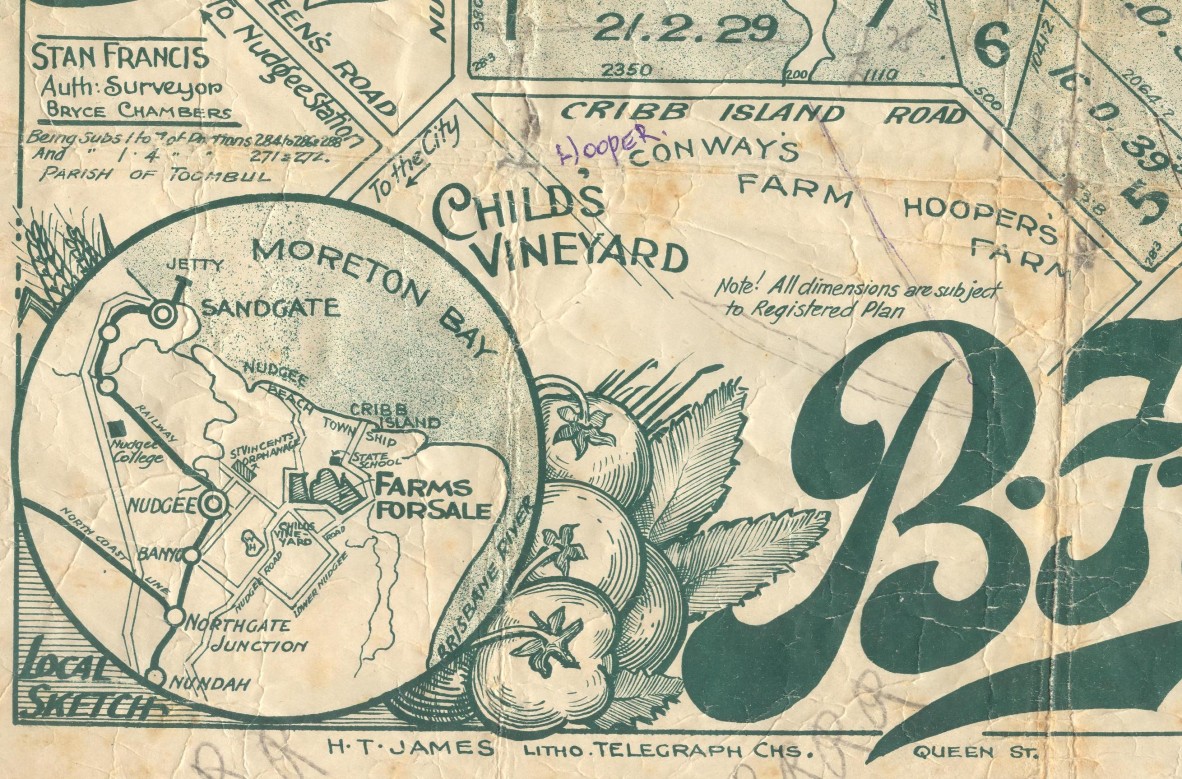Golf in Queensland is said to have had its genesis at Eidsvold cattle station, near Gayndah, with the development of a small golf course on the property by its two Scottish lessees, the Ivory brothers. Later, in 1893, other early courses were developed at Townsville and Ravenshoe. The first formal golf club to be established in Queensland was the Brisbane Golf Club, constituted in 1890, with its course completed in 1896. Other courses, at many locations around Queensland, were to be formed and developed in the years and decades which followed. This was especially so from the 1920s, a period of prosperity, with many golf clubs and courses tracing their formation to this time. Some examples include Royal Queensland Gold Club (1920), Sandgate (1921), Wynnum (1923), Gailes (1924), Indooroopilly (1926), Oxley (1928) and Nudgee (1929/30).
As well, during the 1920s, municipal golf courses were being developed around Australia, with the general aim of encouraging sport and recreation, which could be accessed by the community in an affordable way. Victoria Park Golf Club, in inner Brisbane, is an example of one of the more successful of these municipal golf courses, with the initial work on the course dating to 1930. The Victoria Park course was designed by Stan Francis with much of the work being undertaken through relief schemes operating in this time of economic depression, such as the Intermittent Relief Scheme. Work on the Victoria Park Golf Club House commenced at the beginning of 1931 and was completed in September of that year. The building was designed by the Brisbane City Architect, A.H. Foster, with the plans drawn by Reyburn Jameson. The building, in a Spanish mission style, still stands today, although in a location which, due to road changes and development in the vicinity, has become somewhat isolated.

This image, dating to 1931, shows the Victoria Park Golf Club House nearing completion. This former club house building, in acknowledgement of its importance within Brisbane’s built environment, has been listed on the Queensland Heritage Register.
There are many other golf courses in the Brisbane and wider Queensland area, all of which have their own individual histories. Many were built or developed on former farming and agricultural land and therefore preserve areas of open space to the benefit of the community. For instance, Nudgee Golf Club was developed in the early 1930s on land which was formerly the Child and Hooper families’ farms and vineyard, thereby retaining open green space in this area of Brisbane’s north. At one stage, a subdivision just to the north of the present location of Nudgee Golf course was planned, however the development of the golf club as well as the setting aside of land for the nearby Brisbane airport, meant that this proposed development did not proceed as envisaged.

This image, showing a section of a real estate map from the 1920s, shows the site of the Child and Hooper families properties, where the future Nudgee Golf course would be developed.
Golf in Brisbane, as well as throughout Queensland, continues to grow and develop as a sport and pastime. As well, golf has become an increasingly important part of the tourism landscape, with many courses now developed as part of various resorts.
Further reading - Golf Queensland celebrates 100 years
Brian Randall, Queensland Places Coordinator, State Library of Queensland.
Comments
Your email address will not be published.
We welcome relevant, respectful comments.